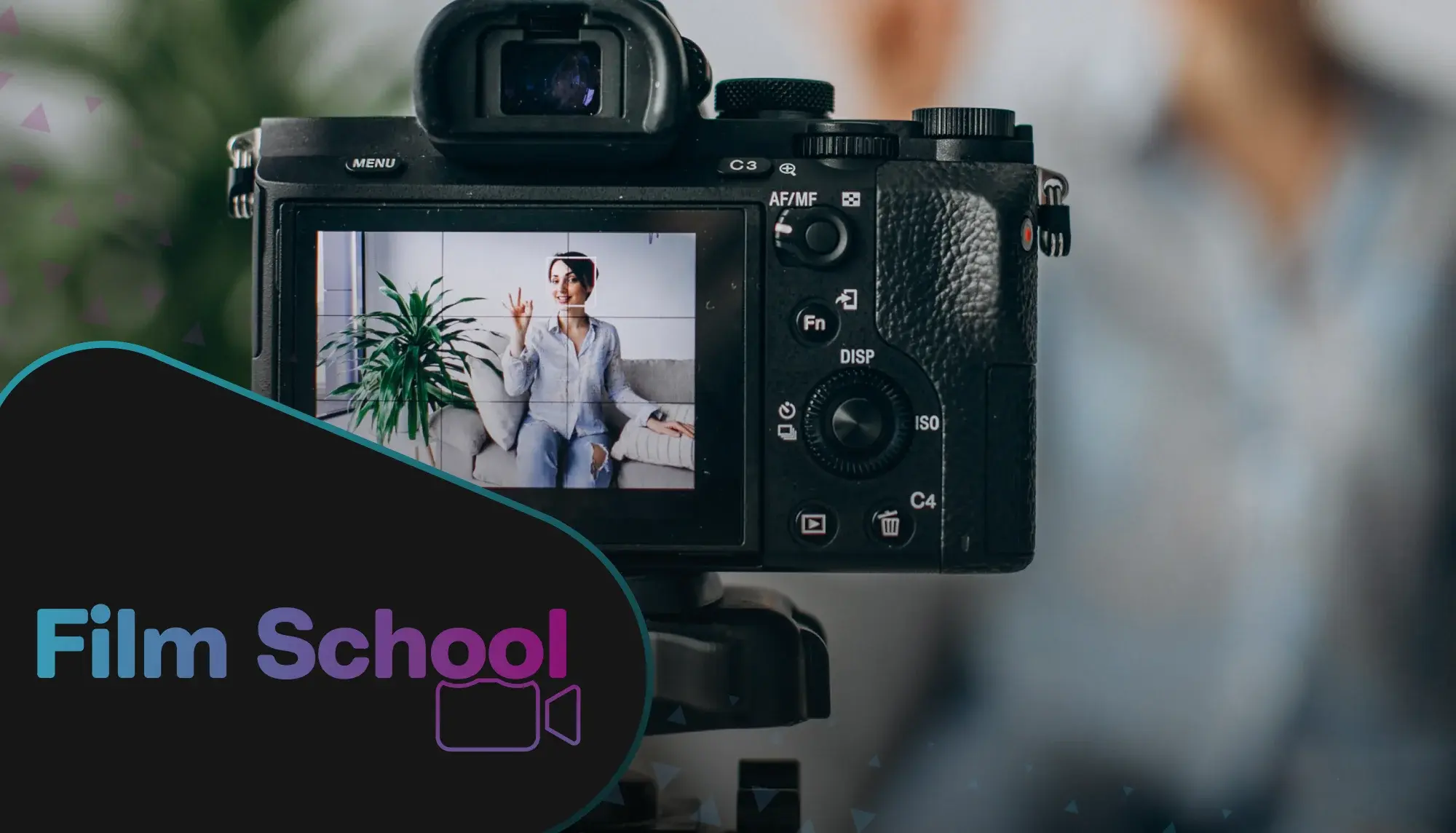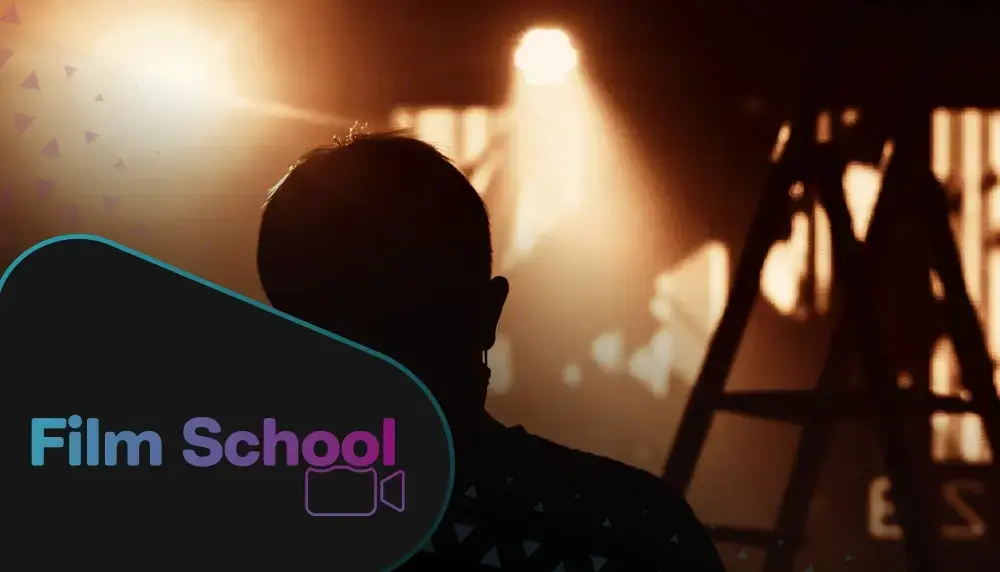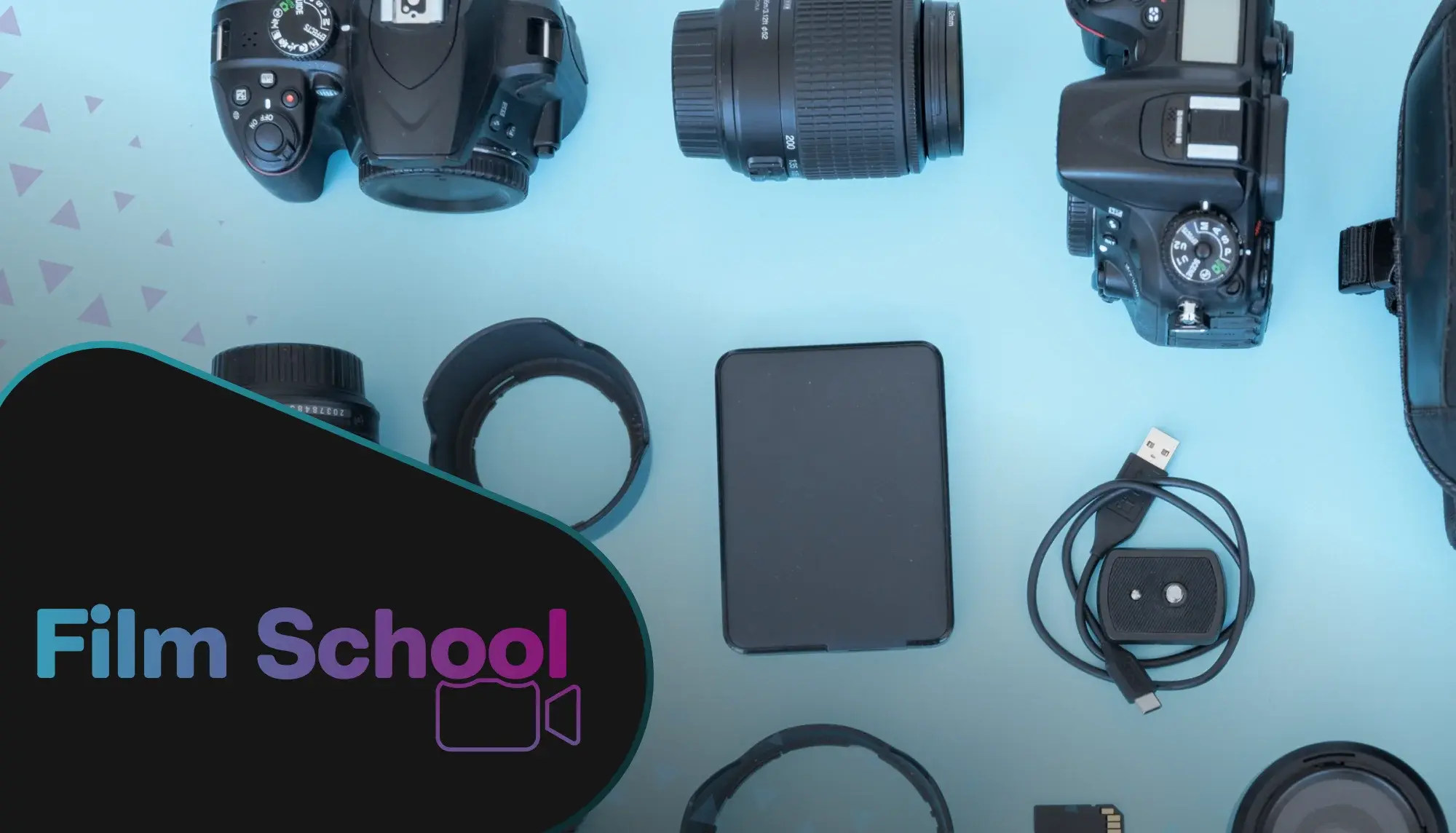
There’s no better feeling than leaving the cinema with a big grin. The film you just watched is getting an instant Letterboxd review the moment you get home. It was perfect. The cinematography, the props, and even the positioning of characters felt purposeful. Every element is meaningful. But why do some films keep you in your seat from the first frame while others fail to make an impact?
The secret often lies in the art of mise-en-scène.
What is mise-en-scène?
If the term sounds slightly European, that's because it is. "Mise-en-scène" is a French phrase roughly translated to "placing on stage." In film production, it refers to everything that appears before the camera. This includes:
- Lighting
- Actors
- Set design
- Composition
- Location
- Shot blocking and camera placement
- Depth of space
- Costumes
- Hair and makeup
The arrangement of these elements and how the audience perceives them defines the mise-en-scène of a film. Ultimately, it's what makes each film unique. 'Arrangement' is the keyword for understanding the concept.
Historically, mise-en-scène was more about how the theatre stage was set: the actors, the props, the backdrop. It involved where actors were positioned and moved on stage in front of an audience. Without an editor being able to cut between different shots and for the camera to focus on smaller details, the audience needed to gather everything they could from the stage, including if they were sitting in the back rows.
As the term has migrated to filmmaking, so has the definition. It now relates to all of the elements that comprise a single shot. Now, with this, you might ask, isn't this just cinematography? And that's a good question.
The two overlap whenever the camera is turned on, but a good way to look at this is that mise-en-scène is the arrangement of everything that happens in front of the lens. Cinematography is everything that captures what is in front of the lens.
Who's in charge of mise-en-scène?
Given the importance of mise-en-scène and how it can improve a film's overall tone, you would assume that there’s an individual whose sole responsibility is to ensure that the mise-en-scène is executed correctly. But that isn't the case. As mise-en-scène incorporates all elements found within the frame, it’s a combination of roles and responsibilities that promotes better mise-en-scène.
As credits can seemingly roll on forever, and there is an endless array of roles to find within film production, let's look at the primary roles that help bring mise-en-scène to life.
Production designer
While a director will typically sign off on the final set concept, the set is often brought to life by a production designer/art director (awarded as Best Production Design at the Academy Awards) and a set designer (who works under the production designer). A set designer conceptualizes, designs, and builds the set in a way that helps establish the mood and tone of the scene. The elements included within the set (or art direction) can range from the pattern on the wallpaper to ensuring the frames within the windows on a mid-Tudor house are era-accurate. These choices, whether large or small, influence the overall aesthetic and atmosphere of the scene.
Below is a still from "Stranger Things," season 1. While this particular set became part of pop culture during the first season, pay attention to the story the location tells.
 Image via Netflix
Image via Netflix
The size of the room, the tatty wallpaper, the less-than-luxurious fabrics on the chairs, the build-up of boxes in the corner. We can tell that the Byers family is not wealthy.
In comparison, look at the Wheeler household: a large room with neatly placed ornaments, expensive wooden hallway furniture, and, while slightly out of focus, chairs with beautiful pattern designs. This location gives the audience a different feeling without the family ever having to tell us they are wealthy. It does what all good media does — shows instead of tells.
 Image via Netflix
Image via Netflix
Costumes and makeup
Amazon's hit series "Fallout," an adaptation of the popular video game series, has enjoyed rare success for a video game adaptation, and one aspect that the show gets right is how weathered and filthy civilization looks in a post-apocalyptic future with a 1950s American aesthetic. What the actors are wearing and their distinctive appearance through makeup can indicate their individual personalities, relationships, and social status.

Image via Amazon Studios
While they are two individual departments, costume, and makeup work hand-in-hand to bring characters to life. These elements do more than dress the set and actors; they create a visual narrative that helps to establish and reinforce the film or play's setting, atmosphere, and themes. In the still above, the character's make-up and costumes tell an individual story about who they are and the traits they hold without them saying a single line of dialogue.
For another example, let’s look at the first time we see Nathan Algren, the protagonist of the 2003 film "The Last Samurai." Here, he's seen under mental duress from the atrocities he witnessed during the American Indian Wars.
 Image via Warner Brothers
Image via Warner Brothers
While actor Tom Cruise aptly performs as someone troubled by his past, the costume, along with hair and make-up, also fill in the blanks. His jacket is tattered, his neckerchief isn’t centered correctly, and his undershirt is ruffled. And of course, his hair is a mess. These costume and makeup attributes not only help tell the story but also enhance the overall visual setting — the mise-en-scène.
Props
The prop master is the individual who manages all the props that actors interact with. This role, too, ensures that the mise-en-scène is effectively evoked by selecting period-appropriate props and reflecting the film's aesthetic. The use of props is more nuanced in films where the story is set in real life, but careful prop consideration can further embed the story in its physical context.
 Image via Columbia Pictures
Image via Columbia Pictures
For example, the 2010 film “The Social Network” details the creation of Facebook and takes place throughout the early and mid-2000s. Given that the film is a biographical modern drama, you would assume that props need not be overly scrutinized. But look at the still frame above: the monitor and the keyboard need to be accurate for not only the mid-2000s but also the location — student dormitories. Having RGB gaming keyboards or a high-end flatscreen office monitor would not look appropriate. Again, this level of thought adds to the mise-en-scène.
Cinematography
While many associate the cinematographer with just being at the helm of the camera, the area of cinematography is far more extensive and oversees lighting, camera angles, focal length, film stock, camera choice, movement, and framing.
And while we mentioned the difference between cinematography and mise-en-scène earlier, there's a strong relationship when it comes to lighting — perhaps one of the most vital tools within a filmmaker's aresenal to help evoke the mise-en-scène of the scene. Lighting can highlight areas of the frame, create contrast, and even produce forms within the set to set the tone. Look at the cinematography and lighting in the example below from Roger Deakins in "Blade Runner 2049."
 Image via Warner Brothers
Image via Warner Brothers
Outside of the lighting, the location and the scene seem relatively normal: a character walking up a concrete hallway. However, the implementation of the aquatic lighting gives the shot an unreal feeling, which aligns with the film's sc-fi thematics.
As mise-en-scène relates to all aspects arranged in front of the lens, how a shot is framed determines what the audience sees and does not see. Tight framing can create a feeling of confinement or intimacy, whereas a wide shot can establish a character's isolation or the scale of a setting. This integration of visual elements helps to create a cohesive and compelling mise-en-scène.
Actors' movement
Directors oversee the entire vision of the film, and it’s their vision that is ultimately brought to life. However, first and foremost, the directors are responsible for the actors. The actors' movements, blocking, and performances contribute to the mise-en-scène of a film. Actors may have specific instructions that follow a particular choreography, which plays a part in the position and movement of the camera, all of which are crucial aspects of mise-en-scène.
While Steven Spielberg is a household name as a director for many of his famous family-friendly works, he’s also a master of framing and blocking. Take this sequence from "Catch Me If You Can":
Video via Seederale
Tom Hanks' character moves up the stairwell in pursuit of the trickster (Leonardo DiCaprio) who has eluded him. Hanks' character, Carl Hanratty, pulls out his service weapon while moving upstairs, which shocks the cleaning lady on the upper floor. He apologizes and shows his FBI badge. However, the badge faces incorrectly, so she doesn't see his identification.
While this could have been filmed in a variety of ways, including several different angles, it's all shot in one sequence with clever focus pulling and precise actor blocking for the shot to work. When a shot is executed effectively, it significantly enhances the mise-en-scène, as it ensures a fluid narrative flow and keeps the viewer engaged, allowing the set's design and atmosphere to contribute significantly to the storytelling.
Crafting the elements of mise-en-scène
So now that the concept of mise-en-scène and the responsibilities of those who ensure its execution are clear, the question remains: Why is it necessary? This concept can be confusing, especially for young filmmakers, because to some degree, it's not a conscious decision by a single individual.
Technically, any elements arranged in front of the lens can be considered mise-en-scène. However, the moment intent is present and the placement of these elements has been selected, the power of mise-en-scène, transforming a mere scene into a storytelling vehicle, comes to life.
It should be noted that while mise-en-scène is an industry term, its importance extends beyond traditional film. For example, someone creating a video ad must pay attention to mise-en-scène because it contributes to the narrative, regardless of what that narrative or context is.
You could say that mise-en-scène is what elevates filmmaking to an art form. If you listen to a radio play, you can only obtain information from the dialogue and sound effects, and many sound effects are heightened to help paint a better picture. In film, mise-en-scène can fill in narrative details that dialogue alone cannot. It's how you tell the story by what you see, not what's being said.
Without it, film and television would be two-dimensional. While the heads of the pre-production and production departments don't necessarily say, “Let’s make sure the mise-en-scène is good,” when these individuals collaborate and make choices with thematic intent, mise-en-scène naturally comes to life.
Bottom line
Throughout this article, we’ve highlighted how the intentional arrangement of actors, lighting, props, costumes, and set design can harmonize to evoke a strong mise-en-scène. If you're captivated by the intricate art of filmmaking and eager to harness the full potential of mise-en-scène for your projects, WeVideo offers the perfect solution. As you delve into the complex film and video production world, WeVideo empowers you with intuitive, professional editing tools accessible from anywhere. Just sign up for a free plan to get started!



